Please note that the information in this article is current as of August 2025. For the latest information, please check the official website.
Hello, everyone! This is “Somewhere Notes” for travel records.
Introduction: Discover South Korea’s Best-Kept Secret
When planning a trip to South Korea, Seoul and Busan often steal the spotlight. But if you’re searching for a truly authentic, off-the-beaten-path experience where history breathes, you need to head straight to Hahoe Folk Village (하회마을) in Andong.
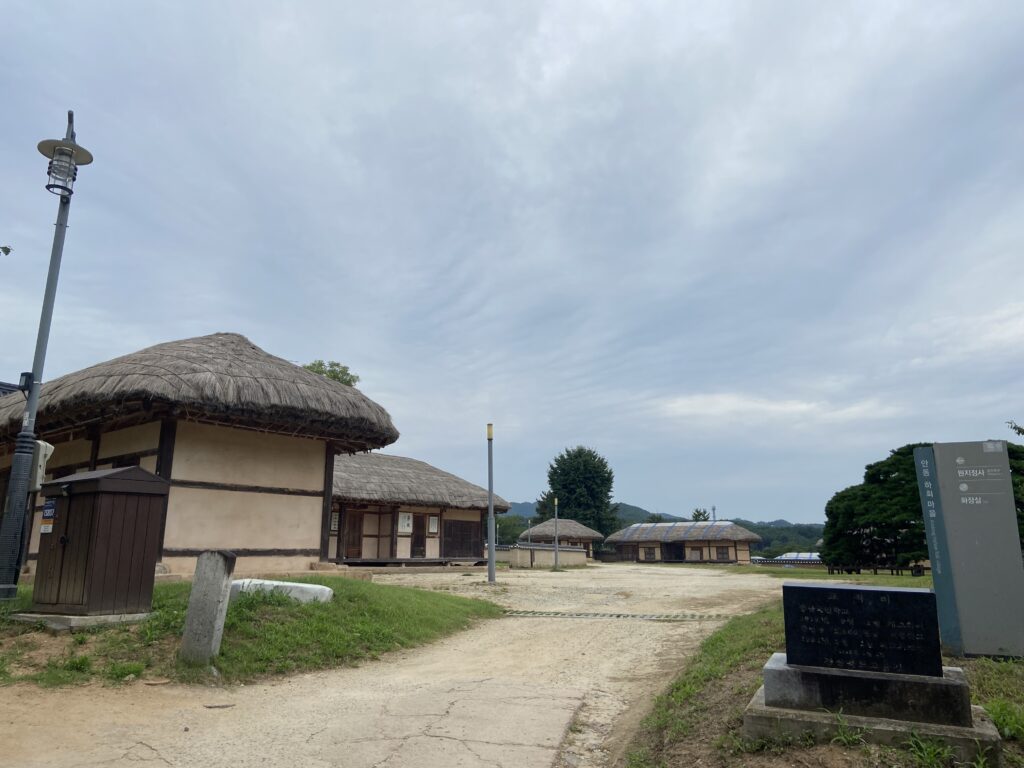
Designated a UNESCO World Cultural Heritage Site, Hahoe is more than just a historical preservation area—it’s a living museum, often compared to Japan’s Shirakawa-go, where residents actually live in centuries-old Hanok (traditional Korean houses).

The village name, Hahoe, literally means “river encircling,” a perfect description of how the Nakdong River gracefully flows in an S-shape around the village, creating a unique and stunning landscape.
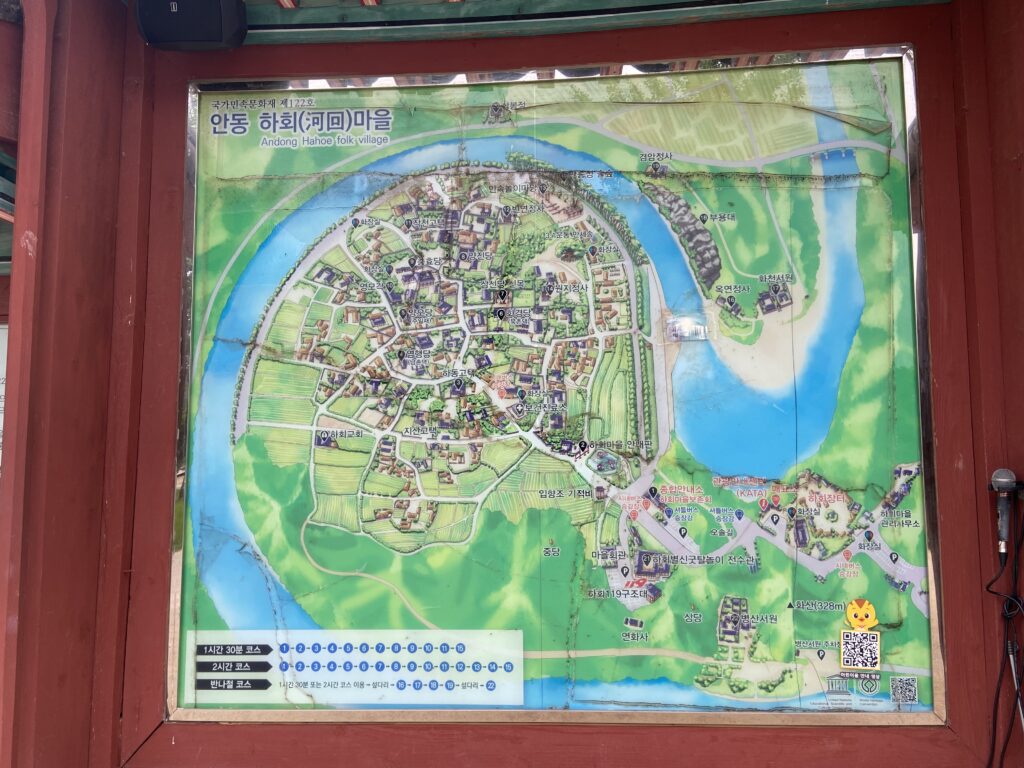
Must-See Highlights: How to Walk Through History
The real charm of Hahoe lies in wandering its narrow, rustic paths, but here are the three must-do activities to maximize your visit:
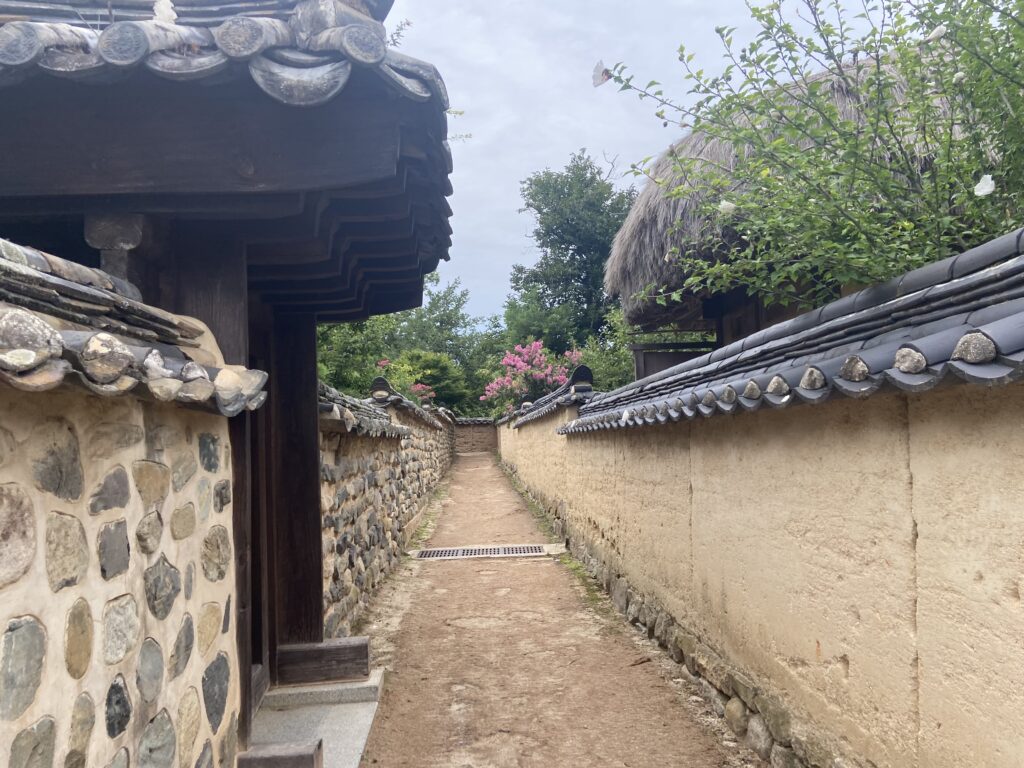
1. The Living Hanok: A Unique Vibe
Unlike many historic sites that feel staged, Hahoe is genuinely alive. As you walk, you’ll see traditional tiled roofs (Giwa) and thatched roofs (Choga) right next to each other, surrounded by the simple sights of everyday life. This is the village’s biggest appeal—it’s history you can touch and feel.

Tip: Take your time. Every corner offers a picturesque view, perfect for photography.
2. The Must-See: Buyongdae Cliff Viewpoint
Across the river from the village is Buyongdae (芙蓉臺), a scenic cliff that offers a jaw-dropping panoramic view of Hahoe Village nestled in the river bend. You can see the river, the traditional Hanok houses, and the surrounding mountains all in one breathtaking sweep.
I didn’t get the chance to visit this viewpoint this time, but it’s definitely on my list for next time.
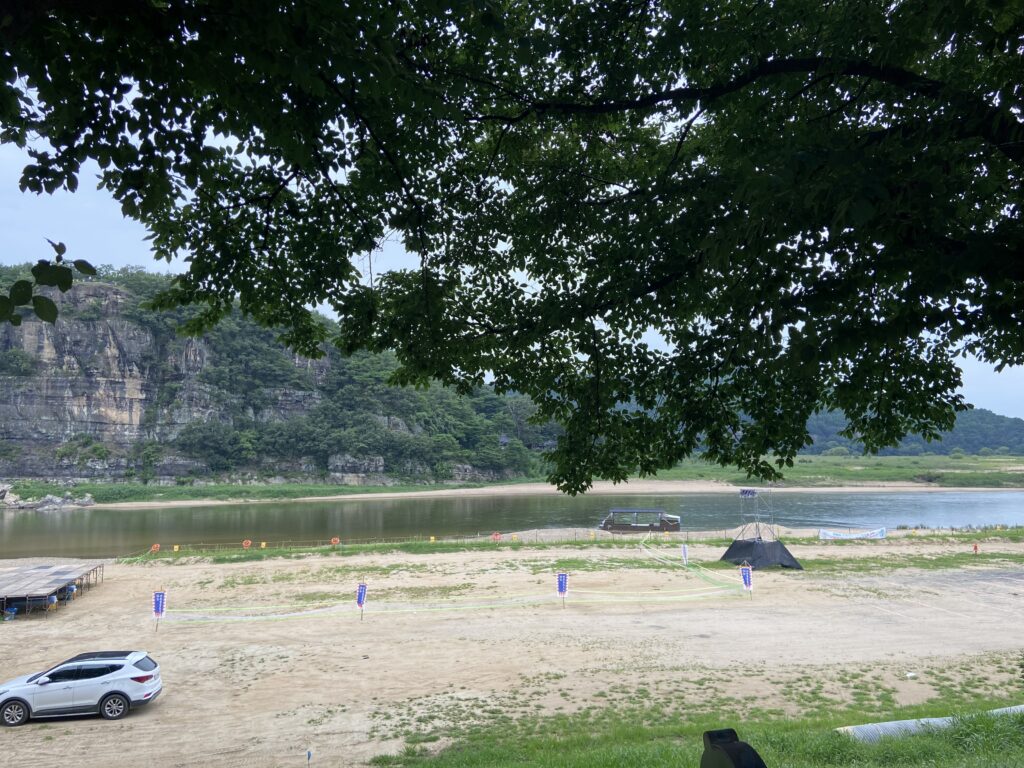
3. The Traditional Art: Hahoe Mask Dance (Talnori)
Hahoe Village is famous for the traditional performance, the Hahoe Byeolsingut Talnori (Mask Dance). This satirical performance, originally a ritual to appease the gods, is vibrant, funny, and provides incredible insight into ancient Korean culture.
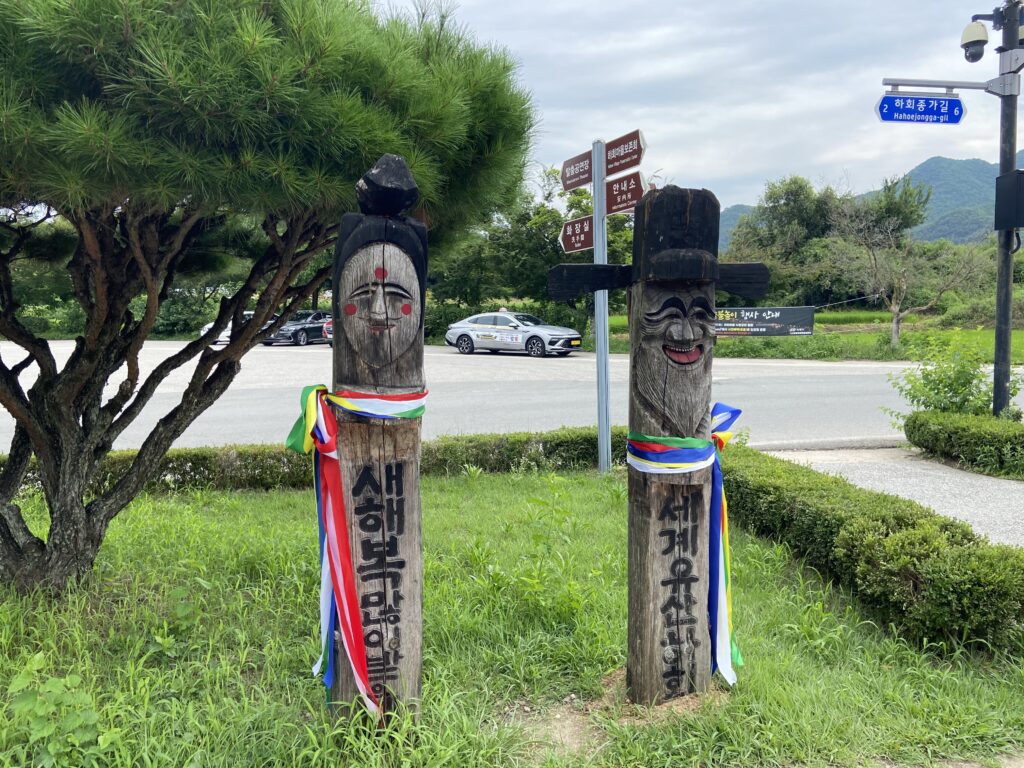
I sincerely regret missing this! Please, make sure you don’t skip it. The schedule can be tight, so check the timings and head there early.
Performance Schedule (Check before you go!)
- Mar – Dec: Every Tuesday to Sunday (2:00 PM – 3:00 PM)
- Jan – Feb: Every Saturday and Sunday (2:00 PM – 3:00 PM)
Location: Hahoe Byeolsingut Talnori Training Center (Near the entrance).
Cost: Free admission to the performance.
Excerpted from the Andong City official website (original link in Korean)
Deepen Your Experience: Special Moments in Hahoe
The Ultimate Stay: Hanok Accommodation
To truly disconnect, consider booking an overnight stay in one of the traditional Hanok houses. Waking up in a centuries-old home, surrounded by that peaceful atmosphere, is an unforgettable experience.

The Power Spot: The Wish Tree
Look for a massive, 600-year-old tree covered in pieces of paper—this is the village’s powerful Wish Tree. Write your wish on a piece of paper, tie it to the branches, and hope for a little ancient Korean magic!

Take a Break at a Hanok Cafe
After hours of walking, you’ll find a couple of stylish cafes tucked away inside traditional Hanok structures. Enjoy a cup of coffee or try traditional Korean drinks like yuzu tea or sikhye (sweet rice drink) while soaking in the historic view — the perfect blend of old and new.
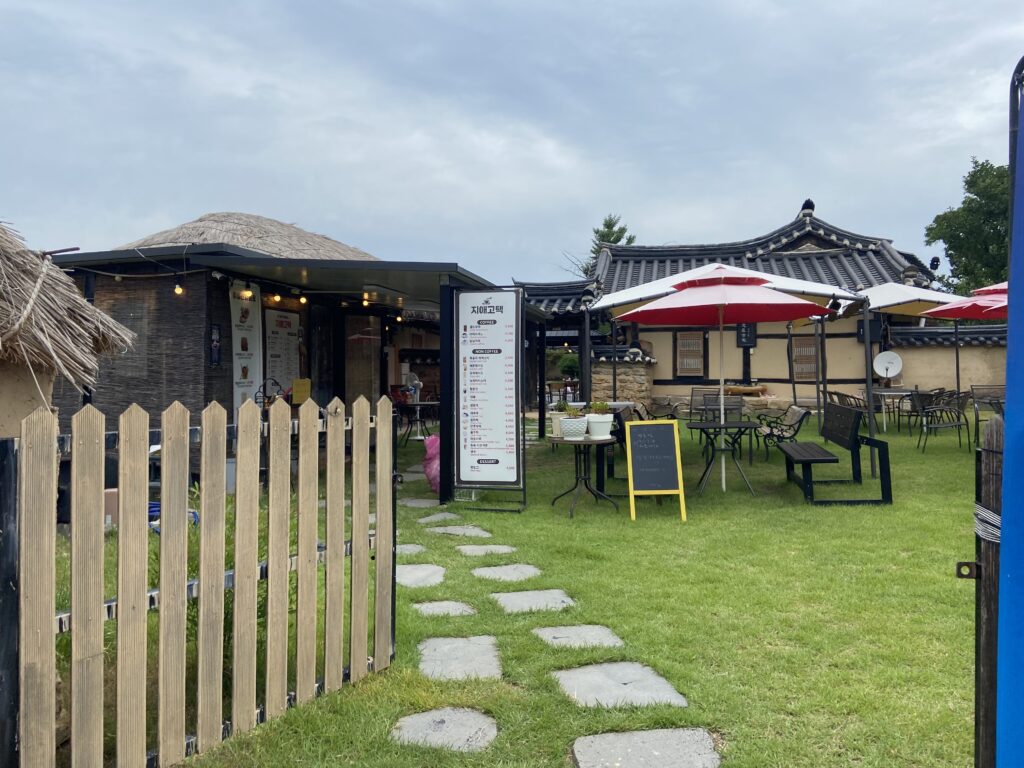
Practical Guide: Getting There & What You Need to Know
Hahoe is located a bit away from the main city of Andong, so a little planning goes a long way.
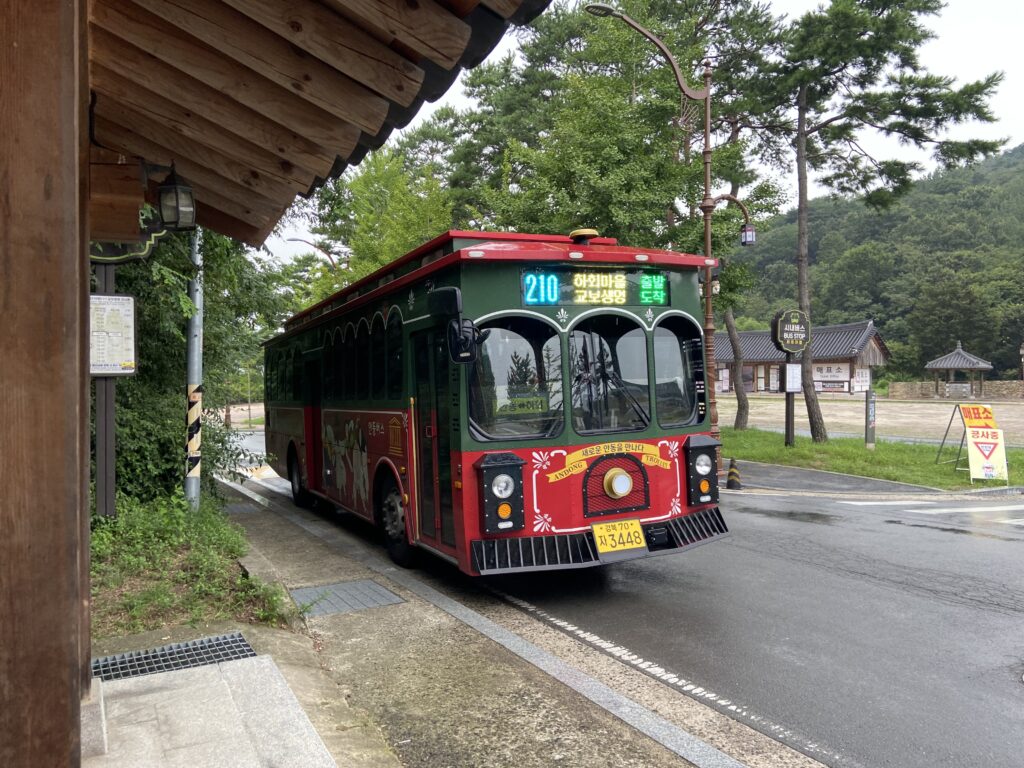
Access from Andong Station
- Take Bus No. 210 from the station area. Be aware that the buses are infrequent, so check the schedule beforehand.
- Get off at the Hahoe Maeul Ip-gu (Entrance) bus stop.
- Purchase your admission ticket here (5,000 KRW for adults).
- Take the free shuttle bus from the ticket office into the village.
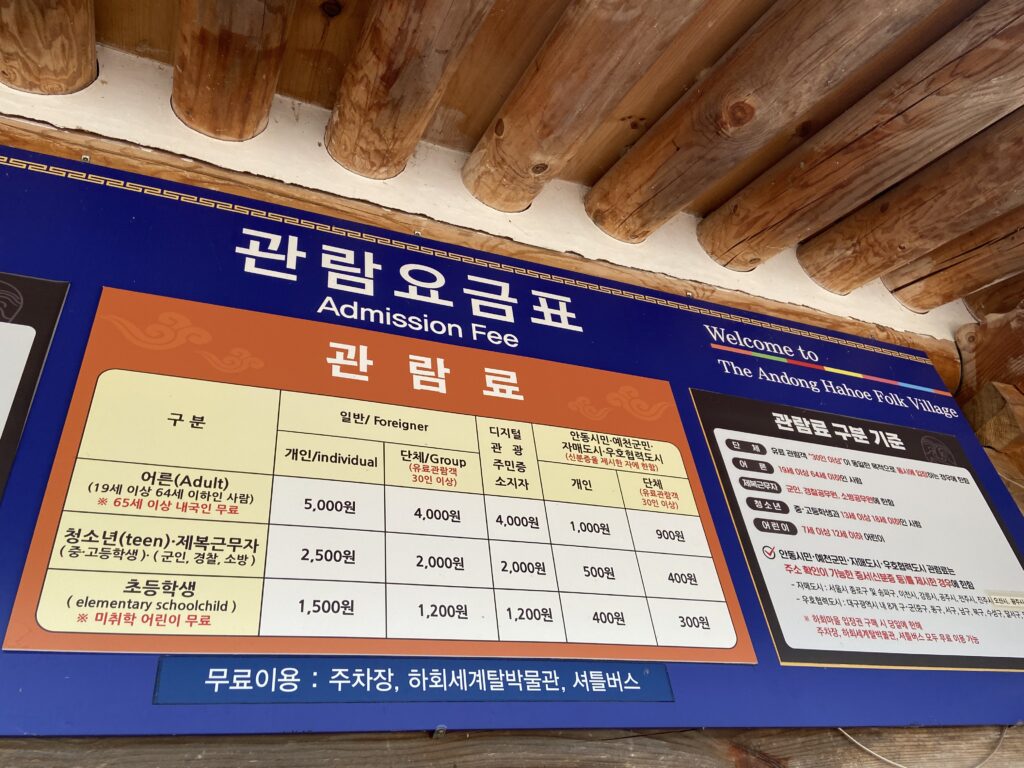
Time Needed
We recommend budgeting half a day to a full day to truly appreciate the village. 3–4 hours is doable, but it might feel rushed if you want to climb Buyongdae or catch the mask dance.
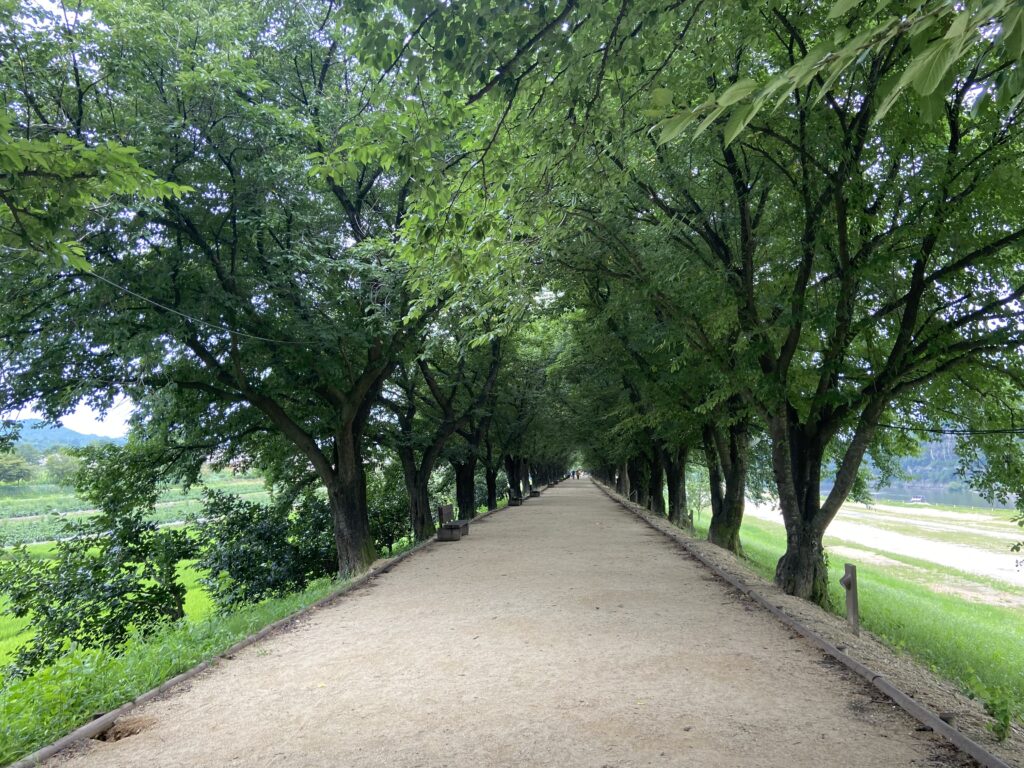
Accessibility
The paths within the village are mostly paved and easy to walk on, making it comfortable for children, seniors, and those using wheelchairs or strollers. If you or someone in your group has mobility issues, you may find private companies offering small electric vehicle or golf cart rentals to help with the long distances. It’s an option worth considering for extended tours.
Final Note
Hahoe Village offers a rare glimpse into the historical heart of Korea, untouched by modern hustle. Whether you’re a history buff, a nature lover, or just looking for a peaceful escape, this UNESCO gem should be at the top of your South Korea itinerary!
Have you been to Hahoe Village? Share your favorite spot in the comments below!
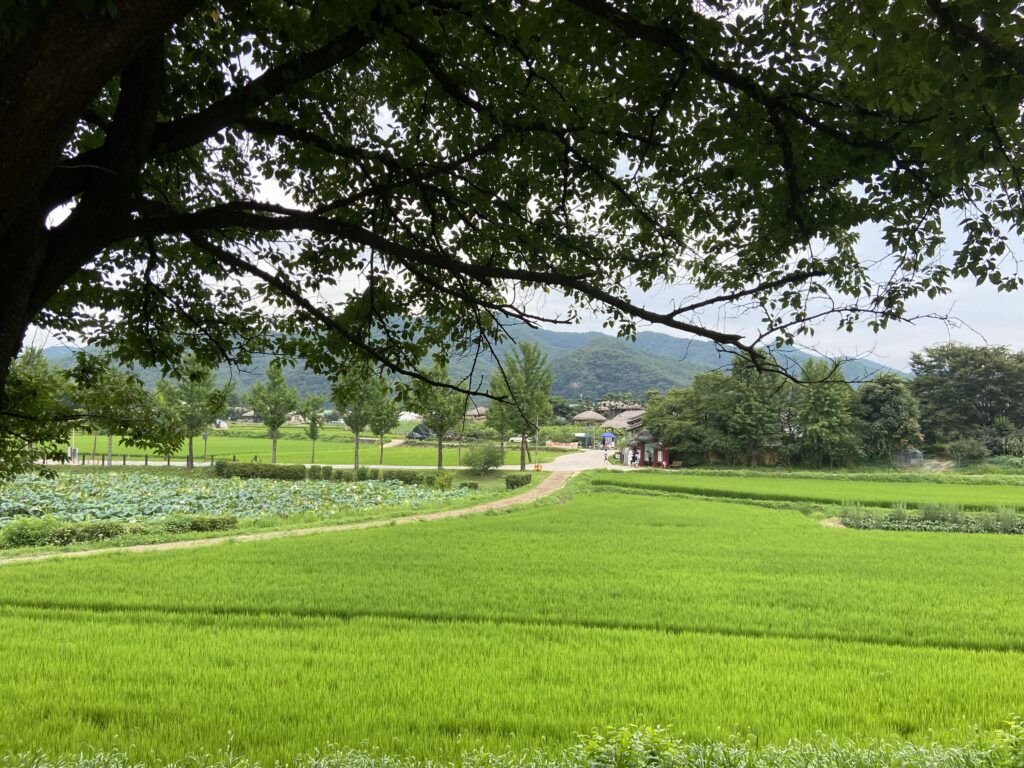

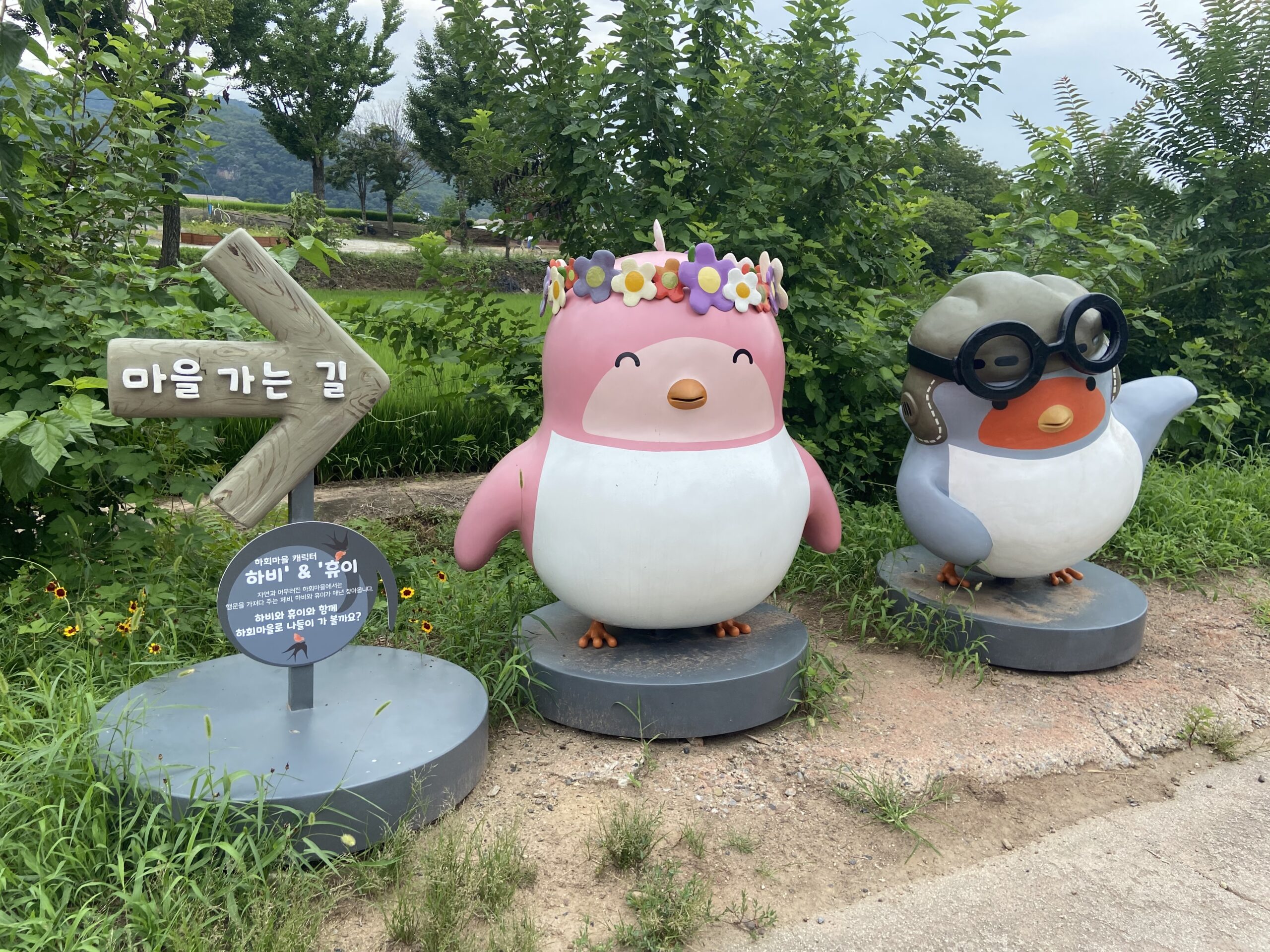


コメント